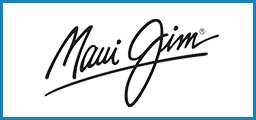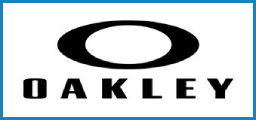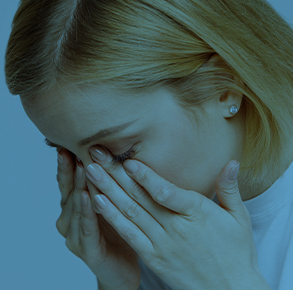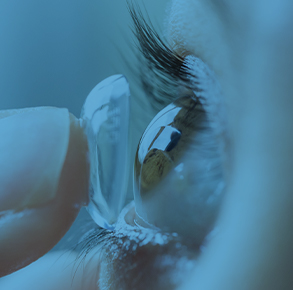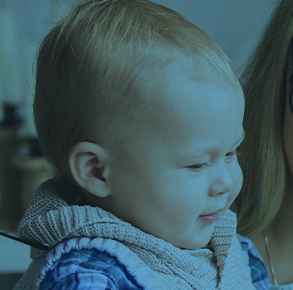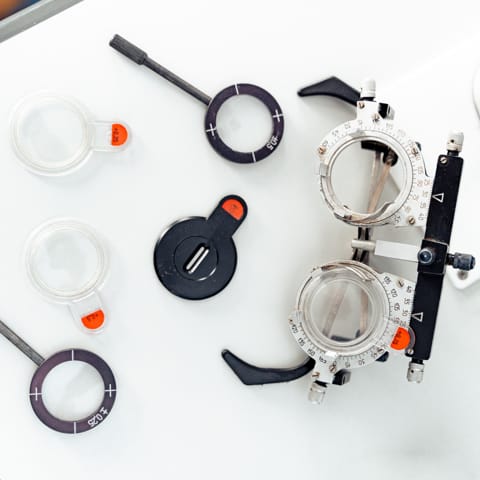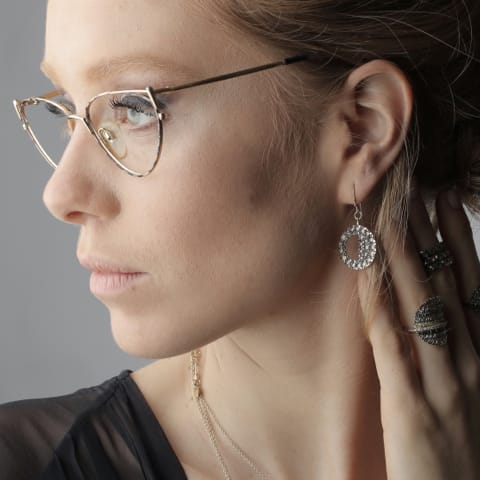Success Begins with Sight
More and more American kids are developing myopia — but we’re here to help.
Myopia, also known as nearsightedness, is a common condition that makes distant objects appear out-of-focus while everything up-close stays clear. It typically develops during childhood, and can increase the risk of other eye concerns later in life
If you want to help protect your kid’s vision, we can use myopia control techniques to slow its progression. During an eye exam, we can help you decide the best type of myopia control for your child and their needs.
The earlier we begin controlling myopia, the more effective it can be. Get started today and book an appointment with us!
There is no cure for myopia, but we can slow or stop it’s progression with treatment and make things a little easier for your child. Here is a list of just a few treatment options!
Specialty Soft Contact Lenses
Soft contact are available in a wide range of lenses. From standard, readymade lenses to extended range lenses and numerous daily disposable contact lenses, we’ve got something for every patients needs.
orthokeratology
Orthokeratology, or ortho-k, is the use of specially contact lenses to reshape the cornea in order to improve vision. Similar to braces, but for your eyes, the treatment is often compared to Orthodontistry. Ortho-k lenses are most often worn at night, and help to reshape the front surface of the eye while you sleep. Vision improvements are reversible but can be maintained if you keep wearing the lenses as directed.
Atropine medicated eye drops
Atropine medicated eye drops have many uses, including dilation of the pupil before eye exams, and the treatment of common eye conditions like amblyopia (lazy eyes), cycloplegia, and myopia. No matter the aliment Bluebird Vision and Wellness has the expertise, to get your eye sight back on track!
Why Myopia Control Matters
Having proper eyesight is crucial for learning. Imagine kids struggling to see the board or trying to read and write through squinted eyes—not much fun, right? But there's more to it.
When children can't see well, they might be slow to develop social behaviors or get misdiagnosed with behavioral problems. Even their language and speech development can be impacted by myopia.
Severe myopia can also increase the risk of serious eye problems, so taking care of kids' eyesight is vital for their well-being in the long run.
With early identification and proper care, we can control the condition and preserve your child’s vision.
Book your child’s appointment today!
Book Appointment

Causes of Myopia
While the exact cause of myopia is unclear, it can be hereditary or related to spending too much time indoors focused on near work or screens. But here's the good news: studies show that spending time outdoors could help slow its progression in kids.
Book an appointment for your child today and learn more about our myopia control options.
Book AppointmentCome Visit Us
Find us just across the street from Jensen Grove Park just off North Meridian Street.

Our Address
- 720 North Meridian Street, Suite A
- Blackfoot, Idaho 83221
Contact Information
- Phone: 208-785-7274
- Text: 208-785-7274
- Email: [email protected]
Hours of Operation
- Monday: 8:00 AM – 5:00 PM
- Tuesday: 8:00 AM – 5:00 PM
- Wednesday: 10:00 AM – 5:00 PM
- Thursday: 8:00 AM – 5:00 PM
- Friday: 8:00 AM – 5:00 PM
- Saturday: Closed
- Sunday: Closed
Our Brands

